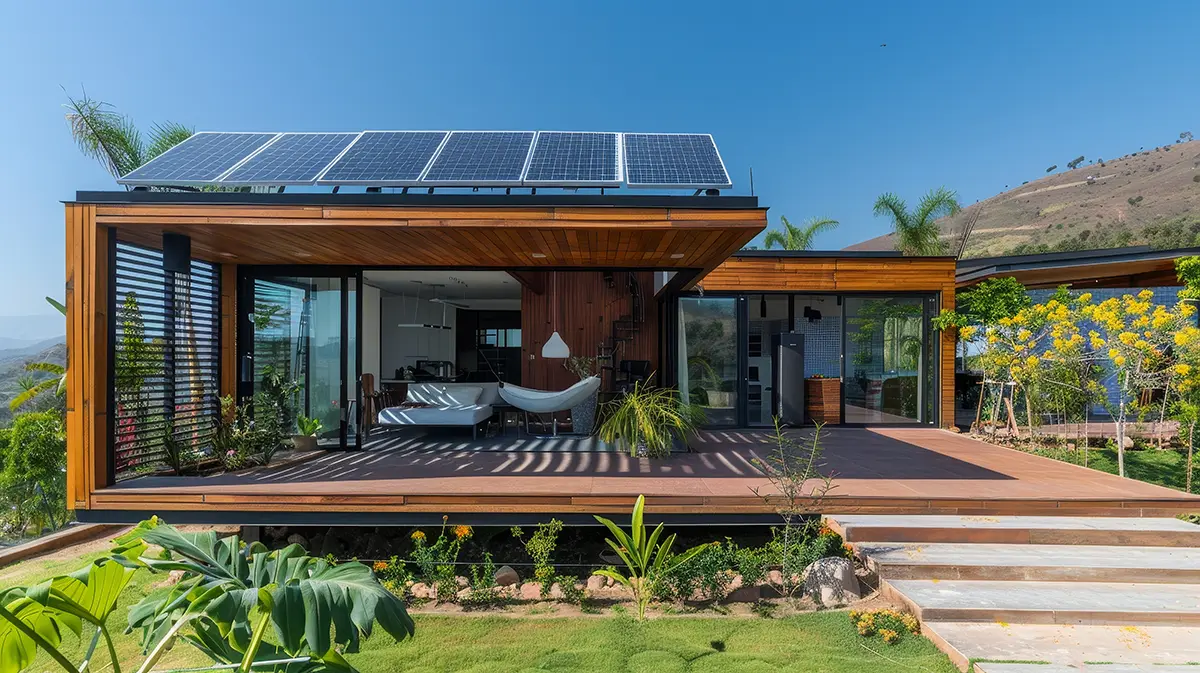NOTICIAS ARQUITECTURA
Todas las novedades, noticias y trucos sobre el mundo de la arquitectura
Construir una casa en la costa: 7 problemas frecuentes y cómo evitarlos con soluciones inteligentes
Construir una vivienda junto al mar es el sueño de muchas personas. La brisa, la luz, el paisaje… todo invita a imaginar una vida tranquila, luminosa y conectada con la naturaleza. Sin embargo,…
Arquitectura casco antiguo Altea: Identidad mediterránea entre calles empedradas y miradas al mar
En lo alto de una colina y con el mar como telón de fondo, el casco antiguo de Altea se despliega como un poema blanco y azul que ha resistido al paso del tiempo sin perder su esencia. La…
Vivienda ecosostenible: Cómo diseñar hogares eficientes y sostenibles
Hoy más que nunca, hablar de vivienda ecosostenible es hablar de futuro. Ya no se trata solo de modas o tendencias pasajeras: construir pensando en el medio ambiente, en el ahorro de recursos y en la…
Arquitectura paisajista: Diseño con propósito que conecta naturaleza y espacio habitable
¿Qué es la arquitectura paisajista? La arquitectura paisajista es mucho más que el diseño de jardines. Es una disciplina que combina arte, ciencia y técnica para transformar el entorno, integrando la…
Cómo aplicar la división horizontal en una casa unifamiliar: Guía legal, técnica y arquitectónica
¿Qué es la división horizontal en una casa unifamiliar? La división horizontal en una casa unifamiliar es una fórmula legal que permite convertir una vivienda de una sola unidad en dos o más…
Arquitectura casco antiguo Jávea: Un tesoro mediterráneo de historia viva
La arquitectura del casco antiguo de Jávea es un reflejo auténtico de la historia, la cultura y el alma mediterránea. Sus calles estrechas, fachadas encaladas y estructuras de piedra tosca…







